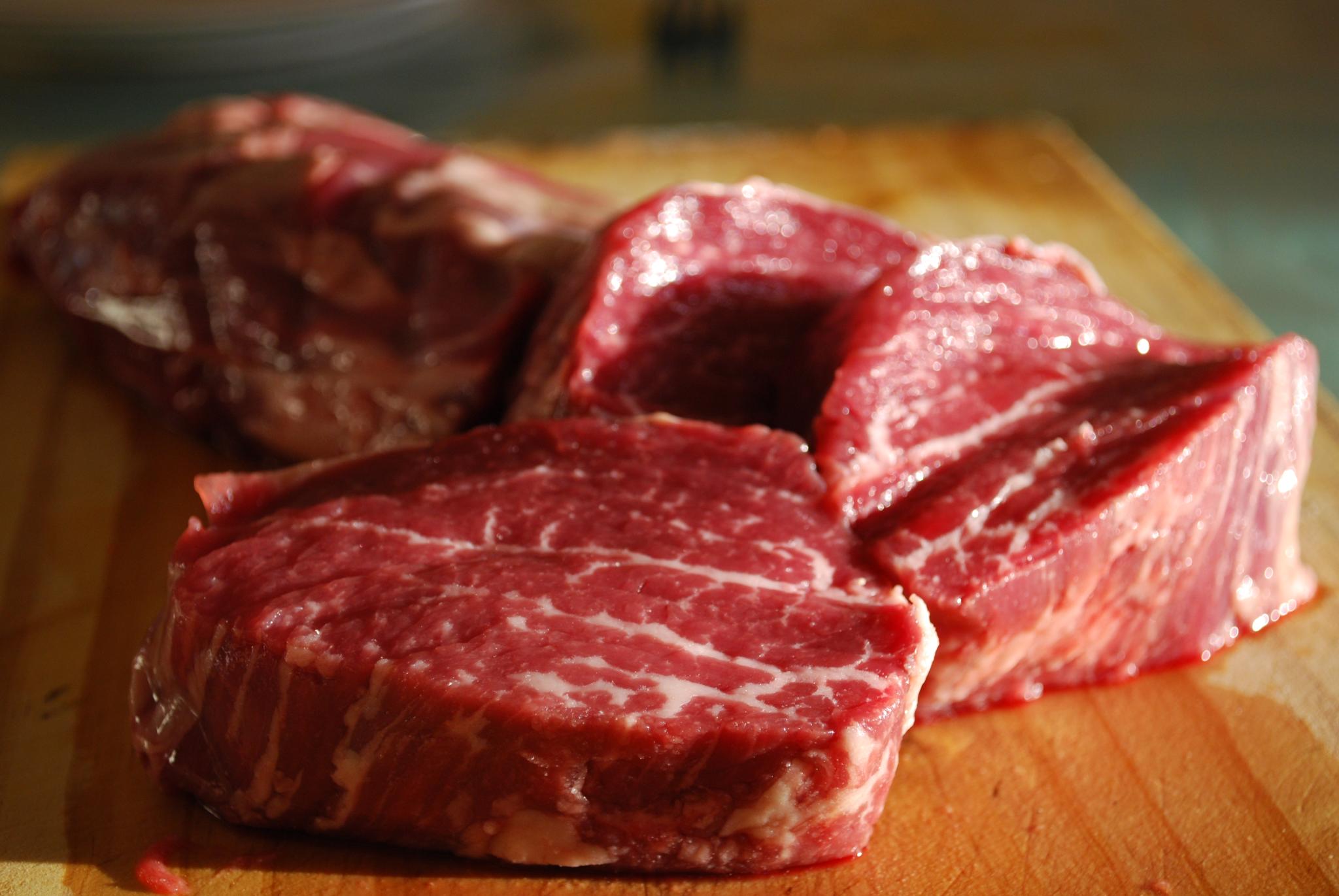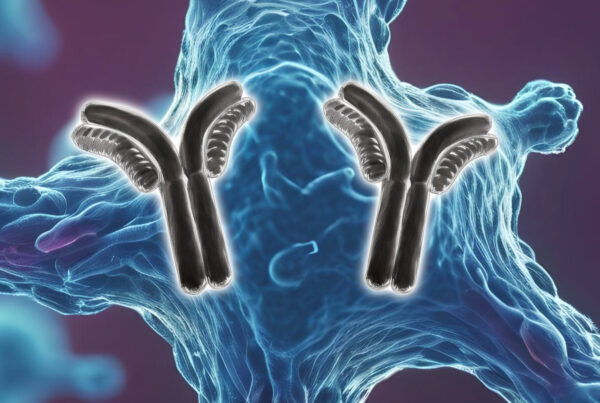Build the trust in your meat by building transparency
When consumers go to the shop to buy their weekly groceries, they think about the origin of the meat and the rearing conditions of the animals. Is the meat hormone- and antibiotics-free, organic, from grass-fed and free-range raised animals?
How can meat processors and retailers assure their customers that the meat they buy is actually the one declared on the packaging? Assurance is especially important when it involves premium meat products that claim certain features and traits on the label such as a defined origin or farm, associated to a meat organisation, etc.
Currently, claims about certain meat features are mostly controlled by paperwork. Before slaughter, cattle for example are identified by ear tags. However after slaughter, the traceability of the carcasses and cuts along the supply chain is based on identification by paper work, called animal passport. But is paperwork enough to give retailers certainty about the origin and features of the meat they offer to their customers?
How can the trust of the consumers in the brand be increased?
Eurofins adds reliability and security with a genomics service called Genomic Meat Sourcing. The Genomic Meat Sourcing service enables full traceability of meat from the point of purchase to the farm of origin, transparency of the supply chain, and analytical verification of the meat.

What is Genomic Meat Sourcing?
The basis of Genomic Meat Sourcing is the genetic fingerprints of the animals. Similar to fingerprints of people, genetic fingerprints are unique to animals and can be used to precisely identify a specific individual animal. The genetic fingerprints consist of single nucleotide polymorphisms (SNPs), which are very small differences distributed over the whole genome. These SNPs act as markers in the genome and are also used in forensics and paternity test. The use of molecular biological techniques (Polymerase Chain Reaction) allows for the amplification of DNA and, thereby, only requires small amounts of sample DNA.
Identification of individual animals based on their DNA is highly reliable and represents a non-falsifiable label for meat traceability. The animal’s unique DNA profile is defined during the time of fertilization of the egg by sperm and will remain the same throughout the animal’s lifetime!
Meat identification by utilising the Genomic Meat Sourcing service would strengthen the credibility and image of the brand and, thus, the trust of the consumer in the brand. This will also make the meat processors and retailers stand out from the competition. In today’s marketplace, a wide range of quality seals and certificates exist. Genomic Meat Sourcing would add a layer of interaction and trust with the end customer and allow the meat processors and retailers to capture the exclusive market segment of premium meat products.
The Genomic Meat Sourcing service would also allow for quick backtracking of meat in case of arising food safety incidents.
Genomic Meat Sourcing service procedure – a practical example
Assuming there is a group of animals that is chosen for the production of a premium meat product. First, DNA samples are taken from each individual animal. These DNA samples are then used to generate DNA-profiles, called genetic fingerprints, that are unique to the individual animals. Subsequently, the genetic fingerprints are deposited in the meat processors and retailers customised database.

Further down the supply chain, for instance at the meat counter in the shop, a DNA sample of the meat is taken to determine its genetic fingerprint. The genetic data is then compared to the customer’s database to verify that the sample of the premium meat actually derives from the declared animal with the specified premium quality and has not been substituted or adulterated with other meat.
This procedure can also be applied to processed meat. Production batches can be identified and the movement of raw meat in large grinding factories can be easily monitored. DNA-based identification and verification of meat increases food safety and reduces the costs that are associated with product recalls.
Procedure of sampling – When, Where and How?
Different time points and locations are suitable for DNA sampling. Based on convenience, feasibility, but also reliability, we would recommend two key points. The first sampling takes place during ear-tagging at the farm where special ear-tags can be used that automatically conserve the punched tissue. DNA for identification is extracted from these tags. The second point is during the slaughter process when the animal’s external appearance is lost. Here, swabs, small amounts of tissue, blood or hairs can be taken for DNA extraction.
However, other sampling points can be discussed if necessary.
Applicability – What animals are suitable for this service?
The Genomic Meat Sourcing service is mainly offered for premium products from beef and pork. For sheep and goat product sourcing, please contact our expert.
Costs of the GMS service?
The costs for the generation of the customised database (DNA profiling of all relevant animals) and the high quality DNA sequencing that Eurofins provides at low prices would be marginal and would translate to only a few additional cents per kilogram of meat related to the end product. These costs could be covered by a slightly higher selling price.
By Dr Ilka Haase, Dr Andreas Ebertz and Dr Tobias Janke





